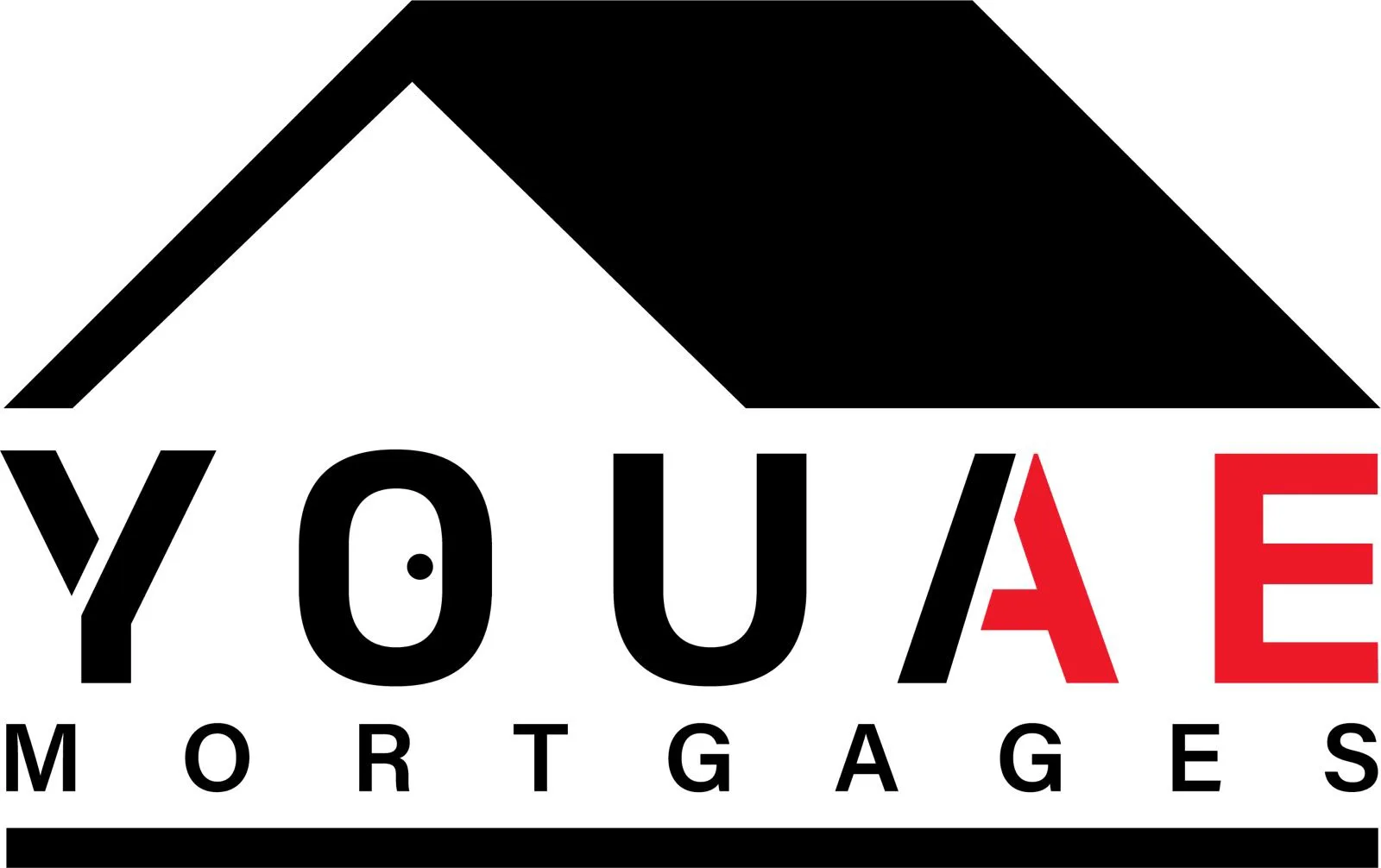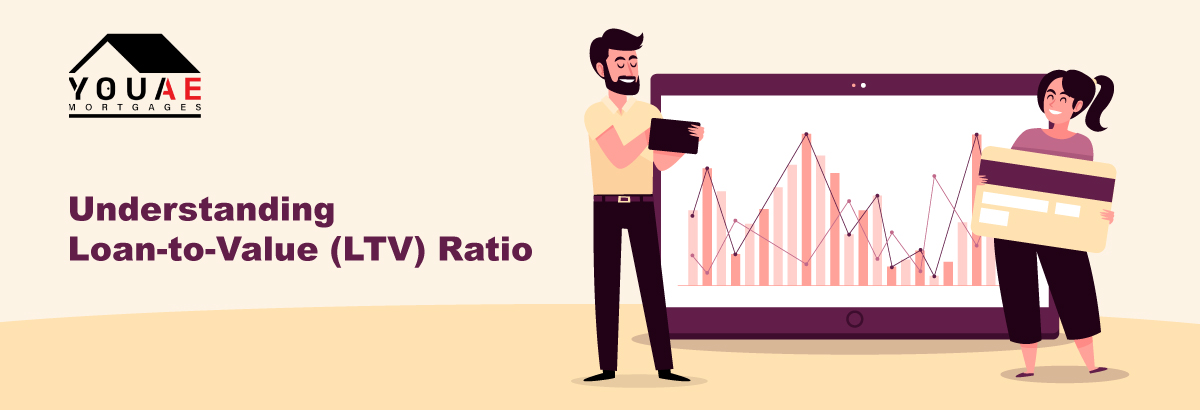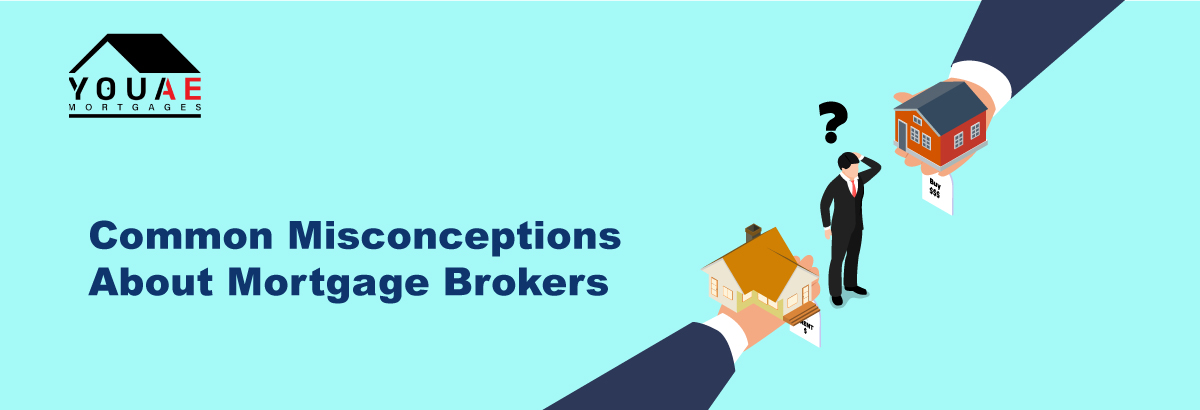The Loan-to-Value (LTV) ratio is the ratio of the loan amount to the appraised value of a property.
It helps lenders assess the risk of a mortgage or home equity loan.
The maximum loan-to-value ratio is the largest allowable ratio of a loan’s size to the AED value of the property that serves as collateral.
In this writing we are going to discuss how you can learn Loan-to-value & maximize your home equity step by step.
What is Loan-to-Value (LTV) Ratio?
In the UAE, the Loan-to-Value (LTV) ratio is a critical factor considered by lenders when evaluating mortgage applications. Similar to the general definition, the LTV ratio in the UAE represents the percentage of the property’s appraised value or purchase price that the lender is willing to finance through the mortgage. The LTV ratio helps lenders determine the level of risk associated with the loan and the borrower’s ability to manage the debt.
In the UAE, typical LTV ratios for mortgage loans vary based on factors such as the type of property, the borrower’s nationality, and the lender’s policies.
Understanding Importance of LTV Ratio
The Loan-to-Value (LTV) ratio holds significant importance in the UAE, especially in Abu Dhabi, where it plays a crucial role in the mortgage market. For lenders, the LTV ratio serves as a key risk assessment tool, helping them evaluate the level of risk associated with a mortgage loan. A higher LTV ratio indicates a larger percentage of the property’s value being financed, potentially increasing the lender’s exposure to losses in case of borrower default. As a result, lenders in Abu Dhabi often set specific LTV ratio requirements and use them to determine loan terms, interest rates, and the maximum loan amount a borrower can qualify for.
The LTV ratio also directly affects borrowers by influencing the down payment requirements. A lower LTV ratio typically requires a larger down payment, making it more challenging for some individuals to afford a property purchase. On the other hand, a higher LTV ratio may allow borrowers to make a smaller down payment, making homeownership more accessible to a broader segment of potential buyers.
For example:
Suppose you are purchasing a home valued at 1,100,000 AED, and you plan to make a down payment of 220,000 AED. This means you will need a mortgage loan of 880,000 AED to cover the remaining cost of the property.
To calculate the Loan-to-Value (LTV) ratio, divide the loan amount by the appraised value of the property and multiply by 100:
LTV ratio = (Loan amount / Appraised value) x 100
LTV ratio = (880,000 AED / 1,100,000 AED) x 100
LTV ratio = 80%
In this example, the LTV ratio is 80%. It means that the mortgage loan represents 80% of the appraised value of the property, and you have 20% equity in the home.
A lower LTV ratio indicates a lower risk for the lender, as you have a larger ownership stake in the property. It can also provide you with potential advantages such as better loan terms, lower interest rates, and possibly avoiding private mortgage insurance (PMI).
Remember that the LTV ratio can change over time as you make mortgage payments and the value of the property fluctuates. Revisiting and managing your LTV ratio periodically can help you assess your equity position and explore opportunities to maximize your home equity.
LTV Ratio and Loan Approval
LTV ratio requirements vary depending on the type of loan and the lender’s policies. In general, a lower LTV ratio indicates a lower risk for the lender, increasing the chances of loan approval. For example, a borrower with a 20% down payment on a home purchase will have an LTV ratio of 80%, which is considered favorable by most lenders.
Implications of High LTV Ratio
A high LTV ratio implies a greater risk for the lender, which can result in stricter loan terms. A higher LTV ratio may lead to higher interest rates, the requirement of private mortgage insurance (PMI), or the need for additional collateral. It is crucial for borrowers to be aware of the potential drawbacks of a high LTV ratio when applying for a loan.
Managing LTV Ratio
Borrowers can take certain measures to manage their LTV ratio effectively. These include saving for a larger down payment, improving credit scores to secure better loan terms, obtaining a professional property appraisal, and exploring alternative loan options. By managing their LTV ratio, borrowers can increase their chances of loan approval and secure more favorable lending terms.
LTV Ratio and Refinancing
The LTV ratio also plays a significant role in loan refinancing. When refinancing a mortgage, lenders consider the current appraised value of the property. If the property value has increased since the original mortgage, the borrower may be eligible for a lower LTV ratio, potentially resulting in better loan terms and interest rates.
What is a good loan to value ratio for a home equity loan?
825 to a percentage, and that gives you a combined loan-to-value ratio of 82.5%. Most lenders require your CLTV to be 85% or less for a home equity line of credit.
Is a high or low LTV better?
The lower your LTV, in general, the better off you’ll be when it comes to borrowing money. Having a lower LTV can increase your odds of securing a better home mortgage and means you’ll have more equity in your home.
Use our Mortgage Calculator to find out how much you could borrow, how much it might cost a month and what your loan to value ratio would be.
Why LTV is important?
The Loan-to-Value (LTV) ratio is important because it helps lenders assess the risk associated with a mortgage or home equity loan. A higher LTV ratio indicates higher risk for the lender, as it suggests less equity in the property.
Why is LTV so important for investors?
This is important for calculating return on marketing investment, and it also helps determine optimal capital outlays per user. In many cases, revenue simply cannot be generated without incurring some directly associated expense, so LTV provides deeper insight on per-user profitability.
Understanding loan-to-value is important for maximizing your home equity. We have discussed LTV. Now we will learn about Maximizing home equity.
Importance of LTV Ratio in Home Equity
The LTV ratio has a direct impact on your home equity, which is the difference between your property’s value and the outstanding mortgage balance. A lower LTV ratio signifies higher equity and provides you with several advantages, including:
Access to better loan terms: Lenders often offer more favorable interest rates and terms to borrowers with lower LTV ratios.
Opportunities for refinancing: A lower LTV ratio increases the likelihood of qualifying for refinancing, enabling you to potentially secure a lower interest rate and save money over the long term.
Enhanced financial security: Building equity through a lower LTV ratio can serve as a safety net during unforeseen circumstances or if you need to access funds for other purposes.
To maximize your home equity and lower your LTV ratio, consider the following strategies:
Increase Down Payment: Making a larger down payment reduces the loan amount and lowers the LTV ratio from the start.
Pay Down the Mortgage: Making additional principal payments on your mortgage helps reduce the loan balance, increasing your equity and lowering the LTV ratio over time.
Home Value Appreciation: Maintaining and improving your property can lead to increased market value, effectively lowering your LTV ratio.
Avoid High LTV Refinancing: Refinancing at a high LTV ratio may result in less favorable terms. Waiting until you have built more equity in your home can give you access to better refinancing options and interest rates.
Remove PMI: If your initial LTV ratio was higher than 80%, you may be required to have PMI. Once you reach an LTV ratio of 80% or below, you can request the removal of PMI, reducing your monthly expenses and increasing your home equity.
Utilizing Home Equity for Financial Goals
Maximizing home equity provides homeowners with the opportunity to leverage their property’s value for various financial goals. Here are a few ways to utilize home equity effectively.
Home Equity Loans: Homeowners can borrow against their home equity through a home equity loan, which provides a lump sum of money that can be used for major expenses such as home renovations, debt consolidation, or education. Interest rates on home equity loans are typically lower than other forms of credit, making them an attractive borrowing option.
Home Equity Lines of Credit (HELOC): A HELOC offers homeowners a revolving line of credit based on their home equity. This flexible borrowing option allows borrowers to withdraw funds as needed, making it suitable for ongoing expenses or projects with fluctuating costs. It’s important to use HELOC funds wisely and consider the impact on your LTV ratio.
Down Payment for a New Property: Home equity can be used as a down payment when purchasing an additional property, such as a second home or investment property. By tapping into existing home equity, homeowners can expand their real estate portfolio and potentially generate additional income or diversify their investments.
Retirement Planning: Home equity can serve as a valuable asset in retirement planning. Homeowners can consider downsizing or utilizing reverse mortgages to access their home equity and supplement their retirement income.
Emergency Fund: Home equity can provide a financial safety net during unexpected situations or emergencies. Having a home equity cushion can offer peace of mind knowing that funds are available to handle unforeseen expenses without resorting to high-interest loans or credit cards.
In Final Verdict
By understanding and actively managing your LTV ratio, you can maximize your home equity, strengthen your financial position, and potentially enjoy better loan terms and opportunities in the future. Please contact YOUAE Mortgages to understand Loan-to-value Ratio.





